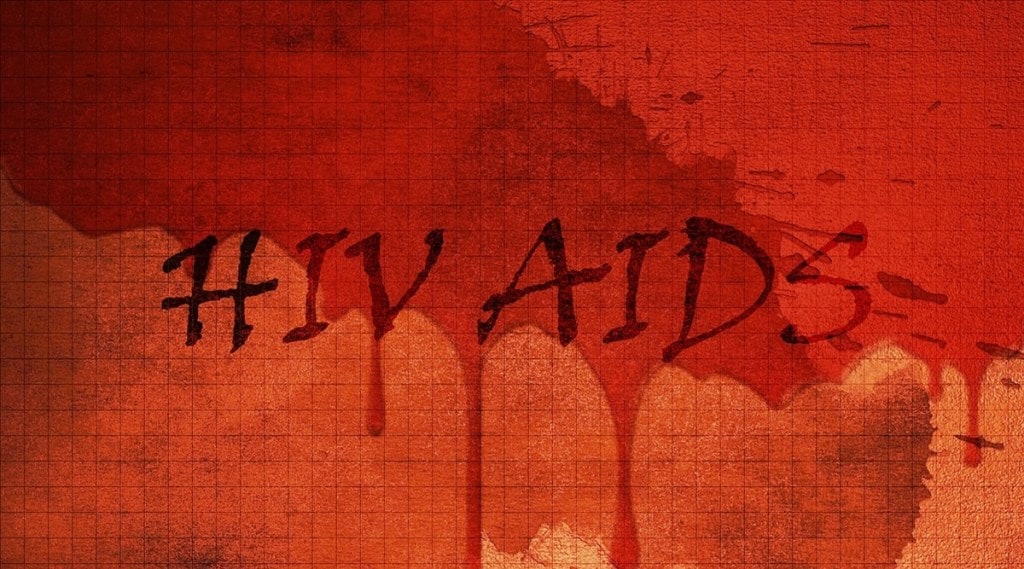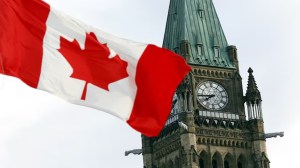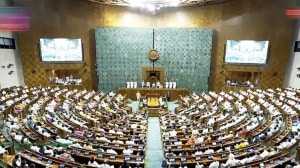By Dr K Madan Gopal, Advisor and Dr. K. S Uplabdh Gopal
Each year on December 1st, World AIDS Day brings us together to honour the memory of those we’ve lost to HIV/AIDS, celebrate the resilience of survivors, and reaffirm our dedication to eradicating this global epidemic. As we commemorate the 35th anniversary of World AIDS Day in 2023, we find ourselves at a crucial crossroads in this ongoing battle.
The battle against HIV/AIDS continues across the globe. Since its emergence in the 1980s, HIV/AIDS has been a formidable global health challenge. Originally a fatal illness, the advent of antiretroviral drugs has transformed HIV/AIDS into a manageable chronic condition. Today, over 25 million people live with HIV/AIDS, and a vast majority have access to life-saving treatment, marking an incredible achievement in medical science and global collaboration. In 2022, approximately 39 million people were living with HIV, with 1.3 million new infections and 630,000 AIDS-related deaths. While these figures highlight ongoing challenges, they underscore significant progress, particularly in increasing access to antiretroviral therapy, reaching 29.8 million people.
In India, the HIV/AIDS epidemic remains a significant public health issue. With an estimated 2.4 million people living with HIV/AIDS as of 2021, India has the world’s third-largest population of individuals with HIV/AIDS. Despite this, India’s AIDS prevalence rate has declined since the epidemic’s peak in 2000. The prevalence was estimated at 0.55% in 2000, 0.32% in 2010, and about 0.21% in 2021, lower than in many other countries. The HIV epidemic has an overall decreasing trend in the country, with estimated annual new HIV infections declining by 37% between 2010 and 2019. High-risk populations include female sex workers, men who have sex with men, injecting drug users, and transgender/Hijra individuals.
Several principles guide the fight against HIV/AIDS:
- Prevention: Key to ending the AIDS epidemic, prevention strategies include comprehensive education, behavioural interventions, and access to technologies like pre-exposure prophylaxis (PrEP).
- Treatment: Antiretroviral drugs are crucial for treating HIV/AIDS and preventing transmission. Though access to treatment has expanded, there are still millions without necessary care.
- Care and Support: People living with HIV/AIDS require comprehensive care, including physical and mental health, nutritional support, and social services.
- Community Engagement: Communities are instrumental in the AIDS response, offering essential services, advocating for rights, and holding governments and organisations accountable.
India, with a significant population living with HIV/AIDS, has embarked on a remarkable journey of resilience and progress. The country has made significant strides in expanding access to ART, providing care and support services, and educating communities about prevention. These efforts have led to a substantial decline in AIDS-related deaths and improved the quality of life for those affected.
India’s response to the HIV/AIDS crisis has been multifaceted, involving government initiatives and the support of NGOs. The National AIDS Control Organisation (NACO) has been pivotal in expanding access to ART and ensuring the constitutional right to life for HIV-positive patients. The Supreme Court of India’s 2010 directive for the provision of second-line ART to all AIDS patients highlights the government’s commitment to this cause. Funding, however, remains a challenge, with India allocating about 5% of its health budget to HIV/AIDS.
Governments and non-governmental organisations (NGOs) have played a crucial role in India’s HIV/AIDS response. The National AIDS Control Organisation (NACO) has been instrumental in implementing national strategies and expanding access to ART. NGOs have complemented these efforts by providing community-based services, conducting research, and advocating for the rights of people living with HIV/AIDS.
Despite progress, significant challenges remain in eradicating AIDS. Efforts must focus on:
Closing the Gap in Access: We must bridge the divide in access to prevention, treatment, and care services.
Addressing Social and Economic Determinants: Tackling poverty, inequality, and discrimination is crucial in the fight against HIV/AIDS.
Empowering Communities: Communities are the frontline warriors in this battle. Empowering them and providing the necessary resources is essential.
Significant breakthroughs are shaping the future of HIV treatment. One such advancement is the use of Jak inhibitors like ruxolitinib, which shows promise in significantly reducing the viral reservoir in people with HIV, potentially leading to long-term remission or a cure.
The future of HIV/AIDS treatment and prevention looks promising, bolstered by ongoing research and international cooperation. The theme for World AIDS Day 2023, “Let Communities Lead,” reflects this sentiment, emphasising the crucial role of community engagement in tackling the epidemic.
As we commemorate World AIDS Day, let us reflect on our journey and the path ahead. It’s a journey marked by scientific breakthroughs, enduring challenges, and human resilience. By continuing to work together, we can forge a future free from the scourge of AIDS. In this future, health and dignity are accessible to all. As we mark 35 years of World AIDS Day, we must remember those we’ve lost and commit to the ongoing fight against HIV/AIDS. This day is more than a commemoration; it’s a call to action. Let’s continue to support and lead community-driven efforts, striving for a world free from AIDS.
(Dr K Madan Gopal, Advisor, Public Health Administration, NHSRC ( Premier think tank for MoHFW, GOI) and Dr. K. S Uplabdh Gopal is a healthcare practitioner. Views expressed are personal and do not reflect the official position or policy of the FinancialExpress.com.)








